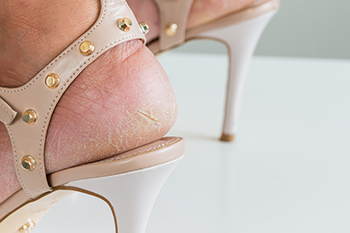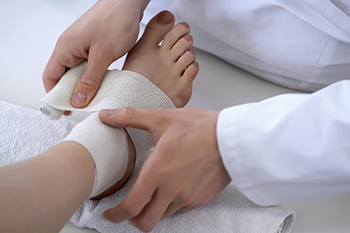If your active child is suddenly complaining of foot pain, walking on their tippy toes, or limping, they may have Sever’s disease. Though the name can sound frightening, Sever’s disease is actually an injury. It occurs when the growth plate in your child’s heel bone is damaged due to repetitive strain from running, jumping, and other athletic activities. At home, you can help your child find relief by resting and icing the affected foot (it often affects both feet at once) and encouraging them to wear comfortable, supportive shoes. Seeing a podiatrist, who can prescribe orthotics, suggest exercises to help relieve symptoms, and rule out any other potential causes for your child’s pain, can also be very beneficial.
Sever's disease often occurs in children and teens. If your child is experiencing foot or ankle pain, see one of our podiatrists from Advanced Foot & Ankle Medical Center . Our doctors can treat your child’s foot and ankle needs.
Sever’s Disease
Sever’s disease is also known as calcaneal apophysitis, which is a medical condition that causes heel pain I none or both feet. The disease is known to affect children between the ages of 8 and 14.
Sever’s disease occurs when part of the child’s heel known as the growth plate (calcaneal epiphysis) is attached to the Achilles tendon. This area can suffer injury when the muscles and tendons of the growing foot do not keep pace with bone growth. Therefore, the constant pain which one experiences at the back of the heel will make the child unable to put any weight on the heel. The child is then forced to walk on their toes.
Symptoms
Acute pain – Pain associated with Sever’s disease is usually felt in the heel when the child engages in physical activity such as walking, jumping and or running.
Highly active – Children who are very active are among the most susceptible in experiencing Sever’s disease, because of the stress and tension placed on their feet.
If you have any questions, please feel free to contact our office located in Thousand Oaks, CA . We offer the newest diagnostic and treatment technologies for all your foot and ankle injuries.










